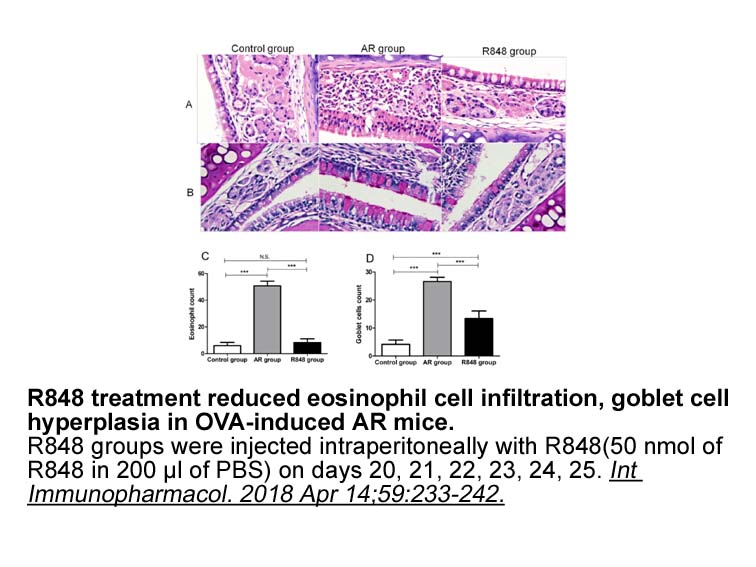Archives
NU7441 Contemporarily it has not yet been clarified whether
Contemporarily, it has not yet been clarified whether JXG is a reactive or a pathological disorder. Viral infections such as Cytomegalovirus (CMV) or Varicella has been thought as the trigger factor in some cases. Neurofibromatosis type 1 (NF1) and juvenile chronic myeloid leukemia may accompany JXG. The incidence of NF1 with JXG is 0.7–18%.. Zvulunov et al have reported that the incidence of juvenile chronic myeloid leukemia increases with JXG and NF1 concomitance. In our patient, there were no clinical, radiological, or laboratory findings that support the diagnosis of NF1 or juvenile chronic myeloid leukemia. TORCH serology was found to be negative in our case.
Typically, cutaneous findings of JXG include smooth, nontender, reddish-brown papules and nodules ranging from 1 mm to 10 mm up to 4 cm. Lesions are mostly located in the head, neck, and upper trunk areas. Frequently detected solitarily in children, they can be multiple as well. In two big case series regarding JXG, solitary cutaneous lesions were detected in 67% and 71% of cases, multiple cutaneous lesions in 7% and 10%, soft tissue lesions in 16% and 15%, and systemic lesions in 4% and 5%.
Extracutaneous manifestations of JXG are not very frequent; they may occur in 5% of cases. Freyer et al found a total of 36 patients, including two of their own cases. The most common sites of extracutaneous involvement were subcutaneous soft tissue (in 33.3% of the cases), central NU7441 (22.2%), liver/spleen (22.25%), lung (16.6%), eye/orbit (11.1%), and oropharynx and muscle (11.1% each). Although these extracutaneous lesions are of a benign nature, significant problems may arise due to pressure effects and possible clinical misdiagnosis as malignant entities. Involvement of the central nervous system and liver was reported to be related to death. Pulmonary involvement usually manifests as bilateral, diffuse, asymptomatic micro- or macronodules. Interstitial lung pattern and mediastinal adenopathy have been reported. Our case had cavitary lesions, which were an atypical form of pulmonary involvement, distinct from the classical pattern of lung involvement described in the literature. Besides, abdominal ultrasonography revealed spleen involvement. Colon lesions were detected with biopsy.
JXG cells show a consistent immunoreactivity for vimentin, CD68, factor XIIIa, and CD163, and are negative for S-100, CD1a, and langerin. Histiocytic infiltrations of the dermis have been detected in the skin biopsies; moreover, lung and colon biopsies confirmed the diagnosis of JXG histopathologically and immunohistochemically.
Although JXG is a benign condition, systemic involvement may cause morbidity and mortality. Consequently, vinblastin, vincristine, cytarabine, methotrexate, prednisone, and 6-mercaptopurin are used for treatment. Our case had a systemic disease with lung, colon, and spleen involvement; therefore, chemotherapy with prednisone and vinblastin was started. However, the child died in the 2nd month of treatment as a result of respiratory failure due to pneumonia.
Introduction
Adult T-cell leukemia/lymphoma (ATLL) is an unusual form of post-thymic lymphoma associated with the retrovirus human T-cell lymphotropic virus type 1 (HTLV-1). A high rate of incidence of this disease is mainly reported in the Kyushu region of Japan. Other endemic areas are the Caribbean basin and Central Africa. The onset age of ATLL in Japan is in the fifth decade of life, whereas in Brazil and Jamaica the onset age is in the fourth decade of life. It has been suggested that ATLL occurs 20–30 years after the initial HTLV-1 infection in endemic areas.
It is well-known that ATLL cells infiltrate into different systemic organs such as the gastrointestinal (GI) tract, liver, central nervous system (CNS), lymph nodes, peripheral blood, bone marrow, and skin. Leukemic infiltration of different organs determines clinical presentations and morbidity. The most common skin manifestations reported in different case series are patch, papules, plaque, or nodulotumo ral lesions. Erythroderma or purpuric lesions could occur as rare cutaneous presentations in some cases.
ral lesions. Erythroderma or purpuric lesions could occur as rare cutaneous presentations in some cases.